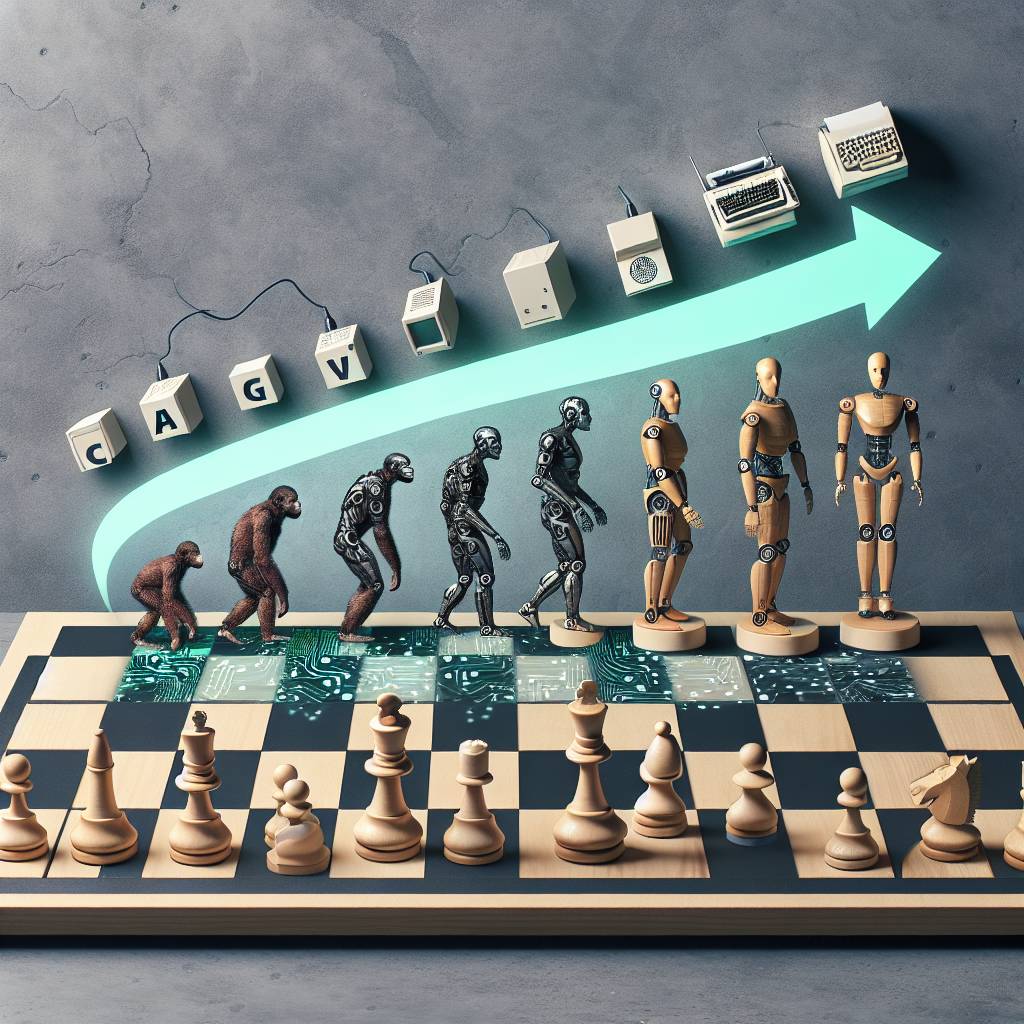The Evolution of AI: How AGI is Changing the Game
Artificial Intelligence (AI) has been a topic of fascination and debate for decades, with its roots dating back to the 1950s. Over the years, AI has evolved from simple rule-based systems to more sophisticated machine learning algorithms that can perform complex tasks and make decisions without human intervention. One of the most significant advancements in AI is the development of Artificial General Intelligence (AGI), which aims to create machines that can perform any intellectual task that a human can.
In this article, we will explore the evolution of AI, from its early beginnings to the current state of AGI, and discuss how this technology is changing the game in various industries.
The Early Days of AI: Rule-Based Systems
The history of AI can be traced back to the 1950s when researchers began to explore the idea of creating machines that could mimic human intelligence. One of the earliest examples of AI is the Logic Theorist, developed by Allen Newell and Herbert Simon in 1956. The Logic Theorist was able to prove mathematical theorems using a set of logical rules, marking the beginning of rule-based AI systems.
In the following decades, researchers continued to develop rule-based systems for various applications, such as expert systems for diagnosing medical conditions or predicting stock market trends. These systems were based on a set of predefined rules and were limited in their ability to adapt to new situations or learn from experience.
The Rise of Machine Learning
In the 1990s, a new approach to AI emerged called machine learning, which aimed to teach machines how to learn from data and improve their performance over time. Machine learning algorithms, such as neural networks and decision trees, were able to analyze large amounts of data and identify patterns that could be used to make predictions or decisions.
One of the key breakthroughs in machine learning was the development of deep learning, a subset of machine learning that uses artificial neural networks to simulate the way the human brain processes information. Deep learning algorithms have been used to achieve remarkable results in image and speech recognition, natural language processing, and other AI applications.
The Emergence of Artificial General Intelligence
While machine learning has enabled significant advancements in AI, these systems are still limited in their ability to perform tasks outside of their specific domain. Artificial General Intelligence (AGI) aims to create machines that can perform any intellectual task that a human can, from reasoning and problem-solving to creativity and emotional intelligence.
AGI is considered the holy grail of AI research, with the potential to revolutionize industries such as healthcare, finance, and transportation. Companies like OpenAI and DeepMind are leading the charge in developing AGI systems that can outperform humans in various cognitive tasks.
Challenges and Opportunities of AGI
Despite the promise of AGI, there are many challenges that researchers must overcome to achieve this goal. One of the biggest challenges is developing algorithms that can learn from limited data and generalize to new situations, a capability known as transfer learning. AGI systems must also be able to understand and interpret the complex and ambiguous nature of human language and behavior.
On the other hand, AGI presents numerous opportunities for businesses and society as a whole. AGI systems have the potential to automate repetitive tasks, improve decision-making processes, and unlock new possibilities in fields such as healthcare, transportation, and entertainment. By harnessing the power of AGI, companies can gain a competitive edge and drive innovation in their respective industries.
FAQs
Q: What is the difference between Artificial General Intelligence (AGI) and Artificial Narrow Intelligence (ANI)?
A: AGI refers to machines that can perform any intellectual task that a human can, while ANI refers to machines that are designed for specific tasks or domains, such as image recognition or speech synthesis.
Q: How close are we to achieving Artificial General Intelligence?
A: While significant progress has been made in AI research, achieving AGI remains a long-term goal that will require continued innovation and collaboration across the scientific community.
Q: What are the ethical implications of AGI?
A: AGI raises important ethical questions related to privacy, bias, and accountability. It is crucial for researchers and policymakers to address these issues proactively to ensure that AGI is developed and used responsibly.
In conclusion, the evolution of AI has been a fascinating journey, from the early days of rule-based systems to the current state of AGI. As this technology continues to advance, we can expect to see profound changes in how we work, live, and interact with machines. By embracing the potential of AGI, we can unlock new possibilities and shape a future where intelligent machines work alongside humans to create a better world.

